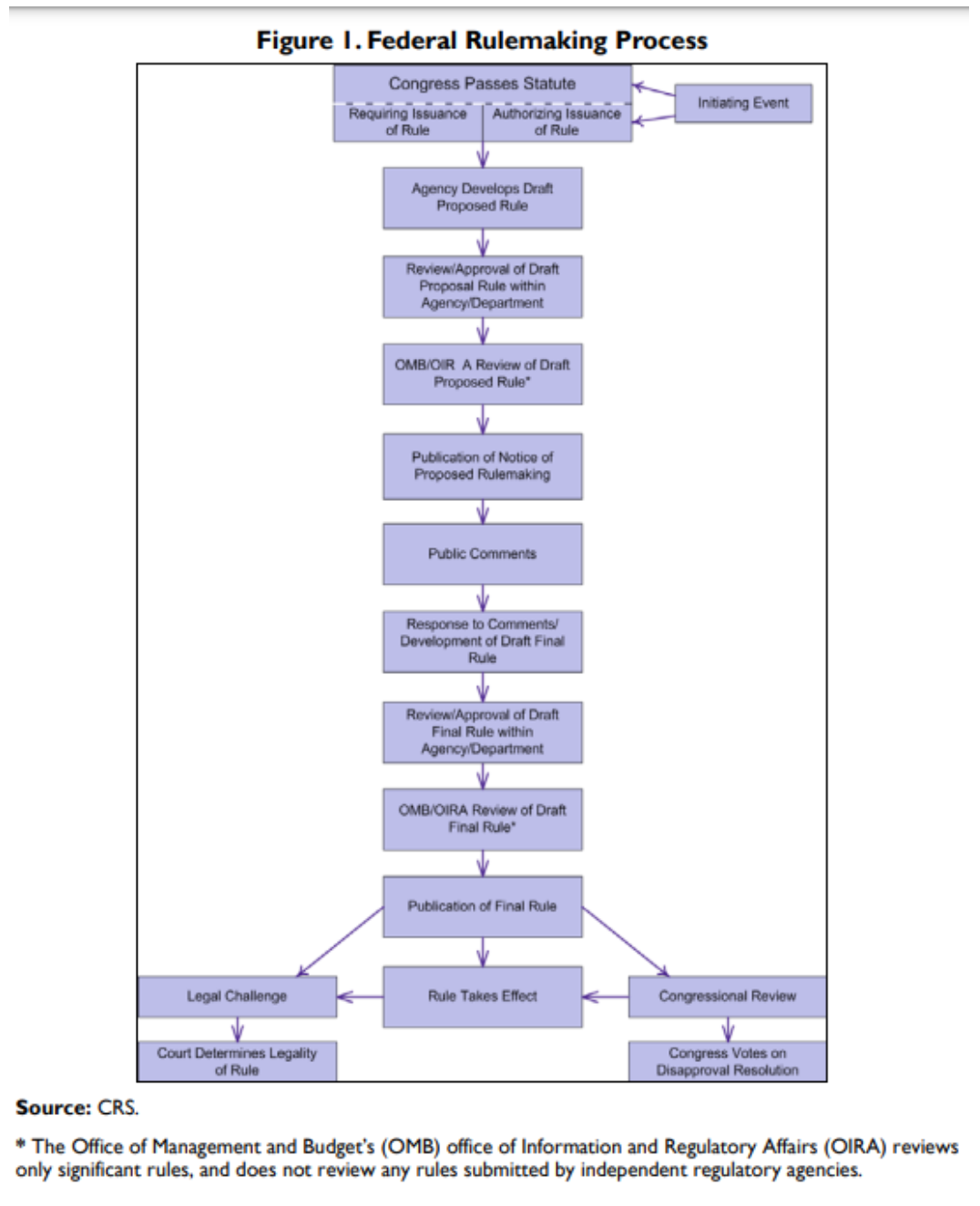· 5 min read
It should come as no surprise that the oil and gas industry is attempting to use the current crises of energy security and inflationary prices to its advantage. To that end, the American Petroleum Institute (API) has released a ten-point plan they deem is responsive to these current events.
The Institute’s pitch is a ploy. If implemented, it would wipe away—or at the least ignore—much of the past 50-plus years of environmental protection in the US.
Don’t get me wrong. I don’t begrudge API its efforts to convince Washington of its wisdom. Everyone in the energy sector, including solar, wind, and battery interests, is attempting the same feat.
Any difficulty I might have with the API is the claim—indeed the implication—that its members can help bring down today’s $5.00 gasoline prices in the near term. They could do that if the Biden administration opened new federal lands to exploration and extraction of fossil fuels while suspending certain environmental regulations.
API is proposing the Biden administration “and or” Congress should do the following:
- Lift Development Restrictions on Federal Lands and Waters
- Designate Critical Energy Infrastructure Projects
- Fix the NEPA Permitting Process
- Accelerate LNG Exports and Approve Pending LNG Applications
- Unlock Investment and Access to Capital
- Dismantle Supply Chain Bottlenecks
- Advance Lower Carbon Energy Tax Provisions
- Protect Competition in the Use of Refining Technologies
- End Permitting Obstruction on Natural Gas Projects
- Advance the Energy Workforce of the Future
In a letter to Biden, API stated that the ten points were immediate steps that could be taken to help address our current energy challenges by increasing supply and underscoring the connection between energy security and national security.
There’s nothing on the list that is going to bring down current gas and power prices anytime soon. When API says Lift Development Restrictions, they mean for the Department of the Interior (DOI) to swiftly issue a 5-year program for the Outer Continental Shelf and increase lease sales on federal lands.
When the Institute says to designate Critical Energy Infrastructure, they’re asking the government to side-step the National Environmental Policy Act (NEPA) that requires federal agencies to assess the environmental effects of their proposed actions prior to making decisions.
It takes time to prepare an EIS properly. According to a 2008 study published by Cambridge University,
The time to prepare an EIS ranged from 51 days to 6,708 days (18.4 years).
The average time for all federal entities was 3.4 years.
NEPA came into force in January 1970. Heralded as the “Magna Carta'' of environmental law, NEPA is a critical portal for citizen involvement in the decision making process. The Act is not alone in its requirement to solicit public input.
The Administrative Procedure Act (APA) governs the process by which federal agencies develop and issue regulations. It includes requirements for publishing proposed and final rulemaking notices in the Federal Register and provides opportunities for the public to comment.
Like an environmental impact study, a federal rulemaking can take several years to complete. Legal challenges can extend the overall process by years.
The Supreme Court decision in Massachusetts v EPA that opened the door to Obama’s Clean Power Plan was rendered in 2007. Here in 2022, there’s still no rule in place.
Within days, the Supreme Court will be handing down a decision in the case of West Virginia v EPA. The lawsuit challenges the agency's authority to regulate greenhouse gas emissions.
Given the conservative majority now sitting on the high court bench, the decision will likely weaken the federal environmental protection framework—constructed during the Nixon administration. (See here for info on rulemaking)
In my current non-begrudging mood, I’ll agree that the regulatory process for power plants and such is arcane and cumbersome. Solar and wind projects have encountered many of the same headwinds and obstacles.

Excuse me, do you have the time?
Under almost any real-time scenario, the US is years away from having a settled course that can move the nation towards economic and environmental sustainability.
The on-again, off-again cycle that represents US climate policy in the 21st century and much of the last quarter of the 20th keeps the nation in regulatory limbo.
With each new administration come policy changes that require new rulemakings. It’s been my experience that many climate activists fail to appreciate how long it takes to implement a federal policy. Figure 1 shows the steps of federal rulemaking.
The wash, rinse, repeat cycle of US climate policy is complicated enough without adding political uncertainty to the mix. Each changing of the guard starts the process anew. It’s the downside of doing the nation’s environmental business by executive fiat.
It’s all being made harder by the rise of Trump and the alternative-truth movement. Consider the response of Trump and his supporters to the COVID-19 pandemic.
How do you engage someone in a constructive debate who makes up facts to suit themselves—or worse, who relies on Trump for the truth? Science-based policymaking is a pipe-dream in the current state of US politics.
None of this is to say that things are hopeless. There are a lot of discussions these days about finding agreement between the protagonists in the climate debate.
The rulemaking process shouldn’t be overlooked as an opportunity for collaboration. Even if US climate policy doesn’t adequately reflect the magnitude and urgency of Earth’s warming, the federal regulatory process can be made ready for when it does.
Energy Voices is a democratic space presenting the thoughts and opinions of leading Energy & Sustainability writers, their opinions do not necessarily represent those of illuminem.






